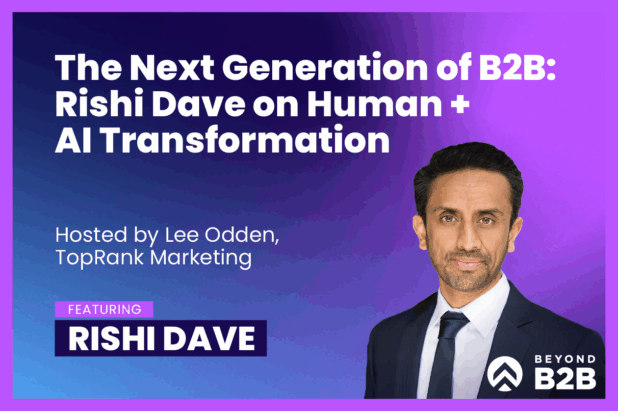
Photo from our interview with Avinash at SES Hong Kong
The morning keynote speaker for the 2011 MIMA Summit was none other than Avinash Kaushik co-Founder of Market Motive Inc and the Digital Marketing Evangelist for Google. Avinash was a very funny and engaging speaker. Nothing was off limits during his keynote. Caught in the crosshairs of Avinash’s presentations were what he called “small” local companies (General Mills, 3M, etc) that dared to provide a “less than ideal” user experience.
Innovation was the topic of the morning’s keynote, ranging from which companies are a good (and bad) example of implementing innovation to proper metrics to show success.
What Are the 3 Definitions of Innovation?
Kaushik on innovation: “One of the great sexy things about the Internet is that everything you knew about the Internet 6 months ago is now irrelevant. “
- Incremental
- Incremental with Side Effects
- Transformational
How Can You Participate In Innovation?
Kaushik on measuring success: “If you only measure clicks, page views, visits, video views, touches, emails, and number of reports you are SUPER LAME.”
- Accountability: Focus on the metrics that matter. Do not let irrelevant data cloud your vision. Increase loyalty by giving customers what they want.
- Multiplicity: Losers only focus on the 2% of conversions they receive from their website. Winners focus on the 98% that didn’t convert. Social, Search, Content, Email are all things that drive value but should not be considered a stand-alone marketing strategy.
- Influence: Traditional Marketing Strategy: shout to customers and hope that something will happen. Internet Marketing: Create a flow of conversation between your brand and the end user. Social Marketing Revolution: create not only a flow of communication between the brand and the consumer but encourage the consumer to share with their network.
- 4. Fail Faster: Each one of us has an opinion. Often the worst ideas are created by H.I.P.P.O’s (Highest Paid Person’s Opinion). If you’re going to fail do it quickly. Don’t let ego’s get in the way of making adjustments and tweaks to the original plan.
4 Ways Data Can Help You Do The Right Thing
- Conversion Rate = # of audience comments or replies per post
- Amplification Rate = # of re-tweets per tweet = # of shares per post = # of share clicks per post
- Applause Rate = # of favorite clicks per post = # of likes per post
- Economic Value = sum of short and long term revenue and cost savings
Create A Better User Experience
Kaushik on improving user experiences: “Be better each day than we were the day before.”
The Unreachable Coupon
How much time and effort would you spend to gain access to a .60 cent coupon? Some corporations think that the answer is: 13 steps and 30 minutes spent filling out personal information (with no error checking) only to find that you have to install another program in order to actually print the coupon. If companies only focus on the data they NEED they will avoid angering the very customers they were trying to engage. Why does the Internet bring out the worst in us?
You Say You’re Innovative But You’re Not
The example used was that of a company whose homepage screams the word innovation…literally. However, their design screams 1940’s. What we learn from this? If you’re going to use strong words to describe yourself make sure that your branding reflects your message.
Measuring Suckyness
If you want to form a long-term relationship with your audience you need to provide them something of value first. Sites that bombard browsers with too many advertisements, links, and paths are “puking” so to speak on their users. Filling your site with 400 links on one page is not a good strategy. Avoid suckyness by providing value in a way that is easy for your audience to digest.
I Love This Website!
Websites that allow you get to where you want to be as quickly as possible provide a much better user experience. By segmenting consumers as soon as they reach the home page they are much more likely to frequent your site because they know exactly how to navigate and will be provided information that only pertains to what they are looking for.
What Did We Learn?
- Extract Insights From Things You Do Every Single Day
- Force companies to provide us with the things we need to make educated buying decisions
- Be authentic!
- Stop guessing and start using the data available to you
For another blog post covering Avinash’s MIMA Summit keynote, visit Lisa Grimm’s blog: Communications Passionista.


